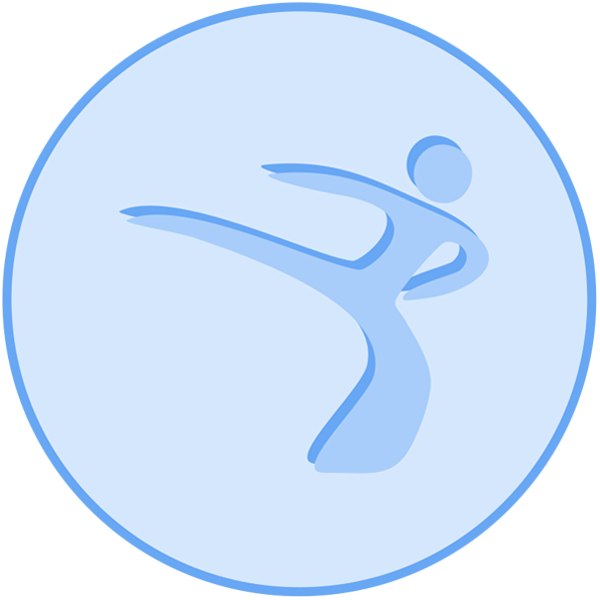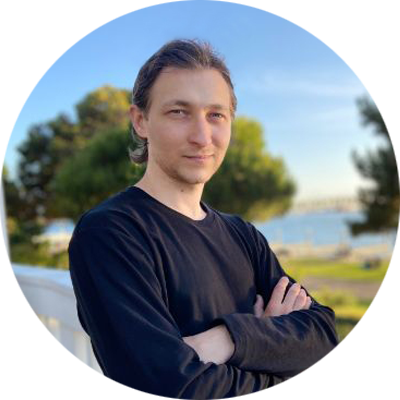Martial Arts
Our Training Program
The Chinese Martial Arts are traditionally divided into two groups: the internal family, and the external family. Our classes offer the choice between Kung Fu (external) and Tai Chi (internal). These are two different courses of study, but it is important to remember: the principles of proper movement and technique are the same, regardless of method. As Bruce Lee famously put it, “I do not believe in different styles”.
Kung Fu and Tai Chi offer people a different path to the same truth. These approaches offer different methods of practice and training. In ancient China, all beginners started by learning the “external” family, but modern culture demands access to both from the beginning.
Interest and enthusiasm are the fuel of progress. We strive to help people determine the best possible course of study for themselves.
We all have different talents, different bodies, and different aptitudes. Some should start with Kung Fu, others with Tai Chi. You are welcome to try both. We can help you determine what is best for you.
Kung Fu Curriculum:
• Gun Fa - Physical Development.
• Qi Gong - Breath Control.
• Chuan Fa - Fundamental Kung Fu Technique.
• Qin Na - The art of seizing and controlling an opponent’s joints.
• Hun Zha Chuan - Tiger, White Crane, Snake, Leopard, and Dragon styles.
• Traditional Weapons
• Philosophy and Psychology
Gun Fa - Physical development and Body Control: these exercises develop coordination, flexibility and mobility of joints, strength, speed, and stamina.
Qi Gong – Breathing techniques. Breath is the foundation of life. The strength, health, and movement of the body relies on proper breathing techniques. Kung Fu begins with Qi Gong.Chuan Fa – “Ways/Methods of the Fist”. This is the study of the fundamental techniques of Kung Fu: punching and kicking, blocking and parrying, footwork and body control, methods of movement, and attack evasion. Chuan Fa is basic technique, not a style. It is the foundation of Chinese Kung Fu.
Qin Na - The art of seizing and controlling an opponent’s joints. Qin Na is one of the most effective ways of self-defense, and it is a part of every style and family of traditional Chinese Kung Fu. Chinese special services base their combat training on Qin Na. Qin Na includes the twisting of joints, pinching of muscles and tendons, choke holds, pressing arteries and veins, and manipulating pressure points.Hun Zha Chuan - This is a northern style. Specialization is possible only after mastering the basics, which takes on average 5 to 7 years of rigorous, daily training. An important point: the mastery of a style is not required. Style is a person’s individual self-expression, nothing more. Proper fundamentals are the most important aspects of Kung Fu. To quote Bruce Lee: “I fear not the man who has practiced 10,000 kicks once, but I fear the man who has practiced one kick 10,000 times.”
Wielding of Traditional Weapons - The staff, nunchucks, Tao sword, and the straight sword “Jian.” The study of weapons is a necessary addition to the full mastery of Kung Fu. The basic techniques of weapons wielding, without the flowery and unnecessary sport/theatrical forms. Weapons are introduced after the basic Kung Fu technique has been mastered.Tai Chi:
The Internal family is more complicated to understand, implement, and use.
Currently, there are three major internal styles of the Chinese Martial Arts: Tai Chi Chuan, Xing Yi Chuan, and Ba Gua Zhang. Foremost among these is Tai Chi Chuan. Tai Chi is the original internal style of Kung Fu. Xing Yi and Ba Gua became part of internal family in the early 20th century, when the great martial artist Sun Lu Tang introduced a deep theoretical explanation for them. The history of Tai Chi is more ancient, and dates back at least 3,000 years--to the times of the great sage Lao Tzu. Lao Tzu is the one who wrote the immortal book of phylosophy and morality: The ‘Tao Te Ching’. At the Golden Dragon, we teach Tai Chi Chuan Yang style, created by the legendary Chinese master Yang Lu Chan.
Tai Chi is currently the most popular martial art in the world, in large part due to its great healing effect. Unfortunately, this popularity has also caused the degradation of Tai Chi as a Martial Art. Most people today practice something hardly resembling “Tai Chi.” They practice it as a dance (or as some waywardly esoteric "gathering of energy”). Tai Chi must be practiced as a Martial Art, or it loses its purpose. A shallow approach to Tai Chi causes it to lose most of the health effects people are so eager to attain. You shouldn’t diminish the value of parts in a whole, because everything is important; a very expensive car that has no wheels will not get you very far.
We teach Tai Chi as a martial art, in its entirety.
Tai Chi Curriculum:• Gun Fa - Body development and body control.
• Qi Gong- Breath control techniques.
• Tai Chi Chuan, Yang style
• Tui Shou - “Push Hands”. This practice allows you to feel and manipulate the effort of your opponent.
• Qin Na - The art of seizing and controlling opponent’s joints.
•.Traditional weapons.
• Philosophy and Psychology.
Gun Fa - In the internal family, the methods of development have their specific features. At first glance, there is no pronounced aerobic load, but practice will reveal that there is no better aerobic, power, and speed training than Tai Chi. The Internal family has many unusual exercises with great potential for development. You will understand that as soon as you will begin training.
Qi Gong - Breath control techniques in the internal family hold a very special place. You will learn: Ba Duan Jin - a full-body exercise complex which translates as "the Eight Piece Brocade",, Yi Jin Jing - a complex for the"Transformation of Muscles and Tendons," Liu He - The "Six harmonies", as well as the essential basic Qi Gong exercises for full development.
Tai Chi Chuan, Yang style - Chuan Fa: the primary 24 forms, and the basic 108 forms. You will discover the effectiveness of the smooth techniques of Tai Chi. This requires great patience. In contrast to the external family, foundations of Tai Chi Chuan, on average, take anywhere from 7 to 10 years to study. Sounds too long? Too difficult? Don’t let that stop you. Lao Tzu said: "The Path of 1000 miles begins with a single step.” Tui Shou - Push Hands: This is a basic exercise to develop feeling for the opponent’s efforts. This will take a lot of training to achieve.Qin Na - The art of seizing and controlling opponent’s joints. A feature of Tai Chi is the use of Qin Na during the Tui Shou practice. This allows you to develop an instantaneous response to the changes in direction and power of your opponent’s efforts.
Wielding of traditional weapons - Tai Chi makes its own adjustments in this area as well. Wielding of a sword and staff.
Philosophy is the backbone of everything we do. Philosophy isn’t just a part of life, it is life. Philosophy is not a matter of opinion, philosophy is simply the truth of our existence.
Remember how hard it is to trust yourself when the right solution is divergent from the actions of others. In spite of this, we must not lose ourselves. Our individuality is all we truly have. Self-realization, success, independence, and happiness: everybody in the world wants these things. They are yours to be enjoyed. You just have to know which way to go.
Our Terms of Admission
Kung Fu is a gem of Chinese civilization. We strive to preserve its original purity. We pay the greatest of attention to the smallest of details. We are persistent, demanding, and always practice what we preach. The ancients called Kung Fu the art of life. For us, the most important aspect of Kung Fu is quality.
Before applying to train, you should know: we're not a fitness club! Our training is more than the attainment of Martial Arts skills and the development of the body. Our training is very challenging and rewarding work to improve your physical, mental, and emotional health. The purpose of Kung Fu is to develop the full potential inherent in a person. The Martial Arts allow you to fully realize your needs and your capabilities, and to free yourself from the selfish demands of a subjective mind.
We don’t have any upper age limit. It doesn’t matter if you’re 30, 40, 60, or 100 years old. It’s never too late to set foot on the path of self-improvement. Even an hour before death, you still have to demand the most out of life.
It is not possible to obtain mastery in 12 easy lessons. Three months, 30 days, 10 minutes – all of those are short-lasting workouts that can only yield short-lasting results. We have a different approach, which is a more time-consuming process of continuous self-improvement throughout life. That's our way.



